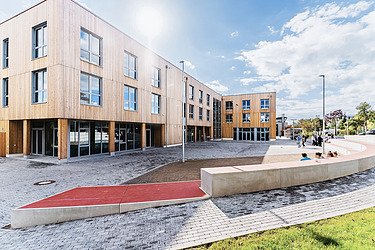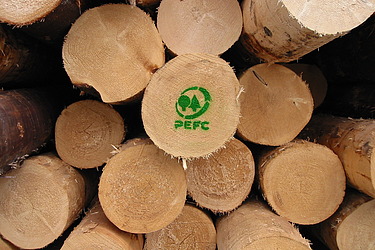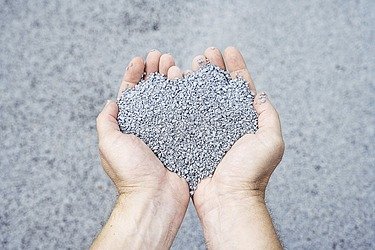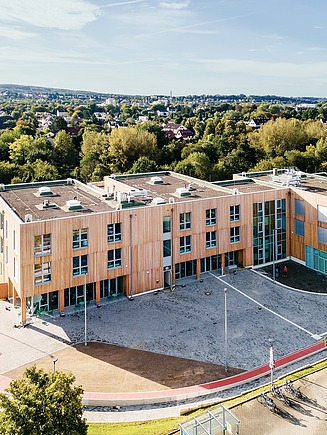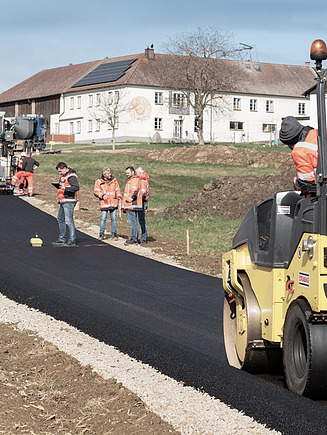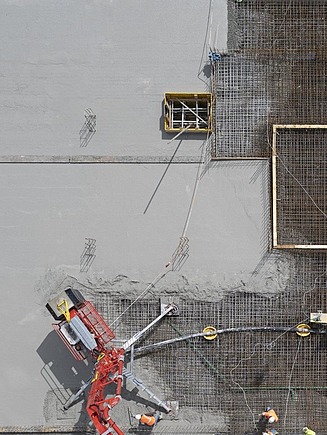Sustainable building materials: the materials of the future
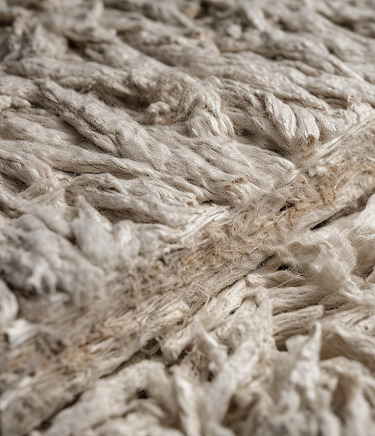
Our goal: the climate-neutral production of building materials
We have set ourselves an ambitious goal: By 2040, all the building materials used at STRABAG are to be climate neutral. This includes both the materials we produce ourselves as well as those that we procure from suppliers and subcontractors.
The construction industry is responsible for more than one third of global CO2 emissions, due in large part to the production and transport of building materials and the extraction of natural resources. This makes sustainable building materials the key to a modern and climate-friendly construction industry.
What are sustainable building materials?
Sustainable building materials are those that conserve resources, reduce emissions and make buildings more sustainable over their entire life cycle. To be considered sustainable, a building material must not only be produced and used sustainably, but also disposed of and recycled in a sustainable manner.
Ideally, a sustainable building material should meet several of the following criteria:
- available locally
- not harmful to health
- biotic and quickly renewable
- energy efficient to produce
- long service life
- reusable, recyclable
At STRABAG, we are already using climate-friendly construction methods in many of our projects, for example with low-carbon concrete or through asphalt and concrete recycling. In this way, we are continuously improving the sustainability aspect of our building materials portfolio, for which we are currently still sourcing mainly non-renewable resources.

Biotic renewable resources – the building material revival
Natural resources that grow back have a decisive advantage over non-renewable ones: they bind CO2 during their growth and release fewer greenhouse gases during production.
As a (by-)product of agriculture and forestry, renewable biotic resources can also be used outside the food and feed sector. In this way, waste products are often given a new lease of life.
Biotic resources have a long tradition in construction. Half-timbered houses, for example, made of wood, mud and straw. Today, the construction industry is starting to rediscover these materials. Being sustainable, these materials are an essential building block for a climate-friendly construction industry.

The list of renewable biotic resources is long. First and foremost, there’s wood, which is already being used in a variety of ways. Then there are materials such as straw, corn, reeds, sugar beet and hemp, or biochar as an additive, which show that these materials have the potential to become a genuine alternative.
At STRABAG, we evaluate renewable raw materials as a high-growth business area. With the acquisition of Naporo Klima Dämmstoff GmbH in 2024, we expanded our activities to include sustainable insulation materials made from hemp and flax. Based on an innovative production technology, Naporo wants to expand its product range based on renewable raw materials step by step. STRABAG relies on its own expertise, new technologies and collaborations with external partners to make further progress in this future market.
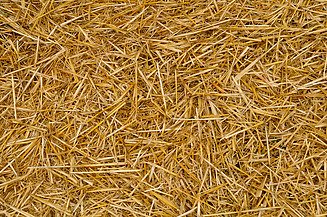
What are the advantages of renewable biotic resources?
Environmentally friendly building materials can be used to replace synthetic and chemical substances, which consume a lot of resources in their production and are often harmful to our health. Biotic renewable resources avoid emissions, are cost-efficient and often ensure a healthy indoor climate. With their beneficial properties, they perform well in insulating materials, as formwork and shuttering, or in binders and plasters.
